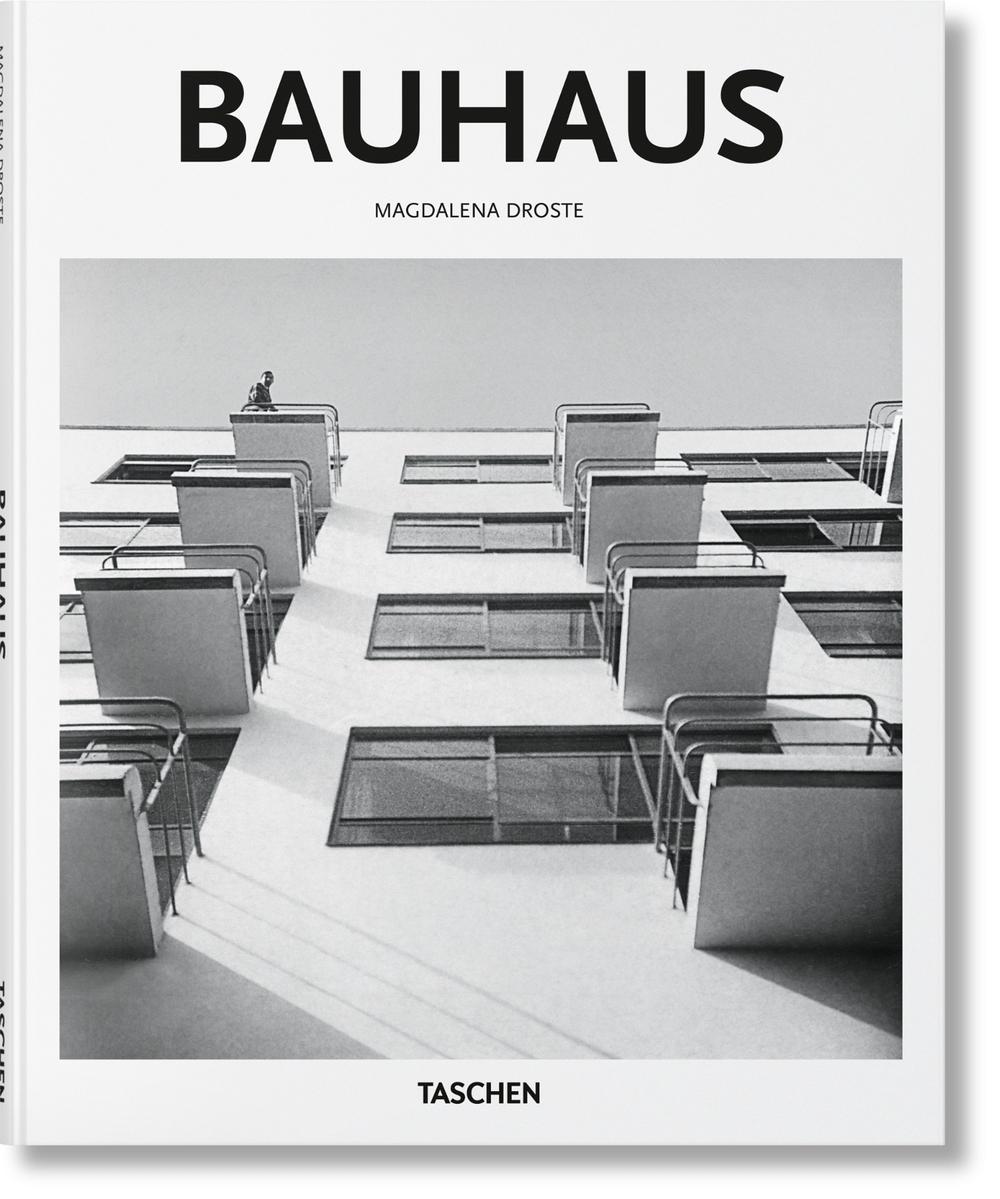
Bauhaus
$36.79
- Hardcover
96 pages
- Release Date
15 September 2015
Summary
Bauhaus: Shaping Modern Art & Design
Founded in Weimar in 1919, the Bauhaus school pioneered a revolutionary approach, merging fine art with craftsmanship and engineering across disciplines from architecture to furniture, typography, and theater.
Under the initial leadership of Walter Gropius, Bauhaus boasted a faculty including artists and architects like Paul Klee, Lyonel Feininger, Wassily Kandinsky, Laszlo Moholy-Nagy, and Marcel Breuer. In 1930, Ludwig Mies van der …
Book Details
| ISBN-13: | 9783836560146 |
|---|---|
| ISBN-10: | 3836560143 |
| Series: | Basic Art |
| Author: | Magdalena Droste |
| Publisher: | Taschen |
| Imprint: | Taschen GmbH |
| Format: | Hardcover |
| Number of Pages: | 96 |
| Release Date: | 15 September 2015 |
| Weight: | 630g |
| Dimensions: | 260mm x 210mm x 15mm |
You Can Find This Book In
About The Author
Magdalena Droste
Magdalena Droste studied art history and literature in Aachen and Marburg. From 1980 she worked at the Bauhaus-Archiv in Berlin, after which she worked as a professor of art history at the BTU Cottbus. She has been responsible for numerous exhibitions and publications across all Bauhaus themes and artists.
Peter Gössel runs an agency for museum and exhibition design. He has published monographs on Julius Shulman, R. M. Schindler, John Lautner, and Richard Neutra, as well as several titles in the Basic Architecture series.
Returns
This item is eligible for free returns within 30 days of delivery. See our returns policy for further details.




